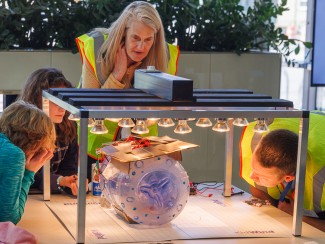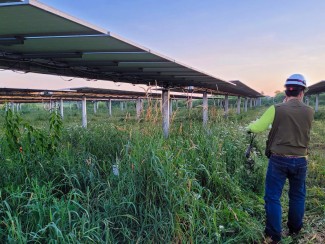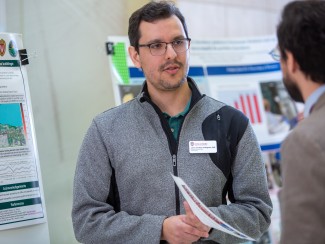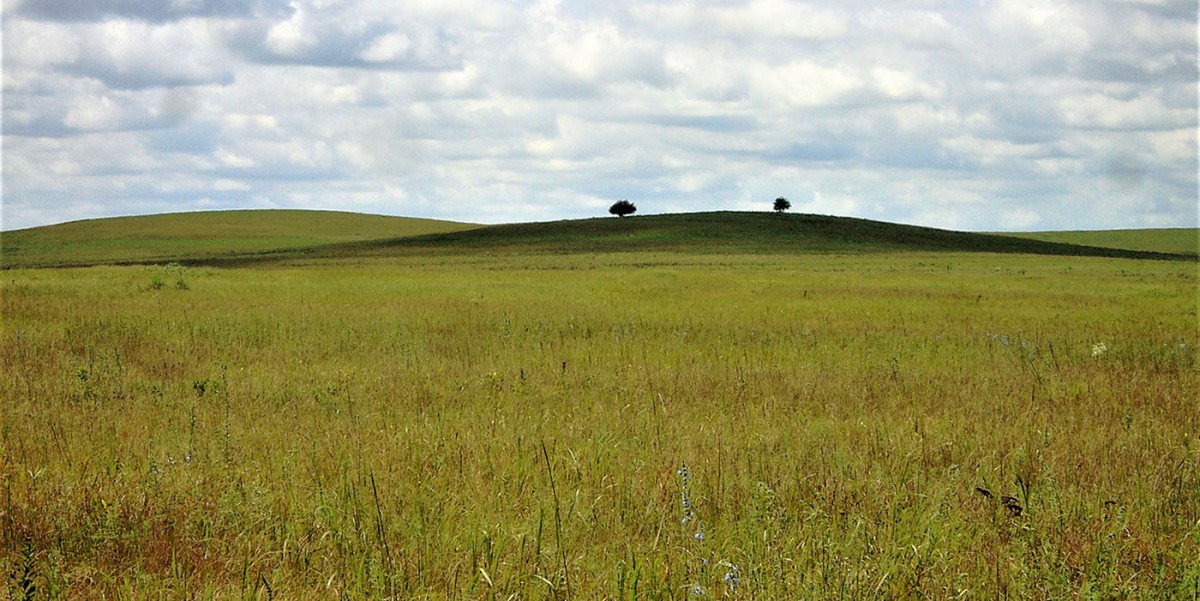
Grasslands are a vital but shrinking ecosystem in the U.S., and conversion to cropland is a leading driver of this change. In a commentary published online in Land Use Policy, “Protecting our prairies: Research and policy actions for conserving America’s grasslands,” Great Lakes Bioenergy Research Center (GLBRC) researcher Tyler Lark highlights immediate opportunities to help protect these natural ecosystems and improve agricultural sustainability in the U.S.
The outlined solutions include policy reform, industry-led initiatives, and targeted scientific efforts, such as research into grassland-based products like cellulosic biofuels. The paper also proposes a unified, community-based vision for grassland conservation, which could help coordinate efforts across sectors.
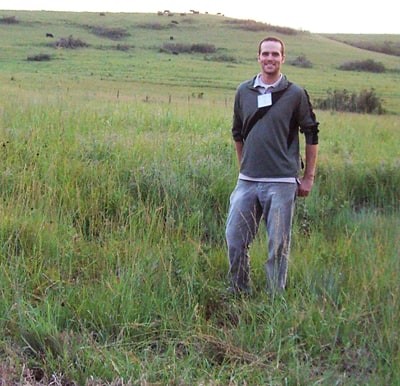
Lark, an assistant scientist at the University of Wisconsin–Madison, writes in the introduction: “This article thus serves as a draft blueprint to advance prairie protection and stimulate the exchange of ideas and tactics among those interested in grassland conservation.” Here, he describes more about the work.
Why are grasslands so important?
Grasslands are one of the most endangered ecosystems on Earth yet are often overlooked in discussions about conservation. Protecting these natural lands right here in the U.S. offers an opportunity to make meaningful strides toward climate change mitigation while also improving wildlife habitat, water quality, and the delivery of many other ecosystem services.
What actions, policies, or steps do you see as the most important for protecting or restoring grasslands?
Gaining a better understanding of the changing extent and conditions of grasslands is a key first step toward improving the design of several conservation policies and strategies. Other actions, like crop insurance reform, will require changes at the federal level. There are also exciting opportunities for stakeholders from throughout the agricultural supply chain—such as grower groups and consumer-facing companies—to provide leadership in protecting grasslands, through such efforts as supporting moratoria on the conversion of native ecosystems.
What implications do your conclusions have for bioenergy?
Effective grassland conservation is crucial for the success of bioenergy. For example, we’re learning that the sustainability and public acceptance of biofuels will depend in large part on our ability as a society to implement them in a way that ensures the integrity of our natural ecosystems. By making sure our nation's most sensitive and threatened lands are stewarded, we’ll be better situated to implement bioenergy in a manner consistent with both conservation and climate goals.
What do you think your GLBRC colleagues should know about these results?
In GLBRC, one type of land that we are exploring for the siting of energy crops is abandoned cropland. These previously cultivated areas are often marginally productive, may be invaded by nonnative species, or provide limited economic opportunities. In such cases, perennial energy crops such as switchgrass or mixed native grass species have the potential to restore productivity to the land, return diversity to the landscape, and provide additional income to agricultural producers. It is opportunities like these where biofuels could have major benefits on multiple fronts.
Read more:
Tyler J. Lark. “Protecting our prairies: Research and policy actions for conserving America’s grasslands.” Land Use Policy. 2020; 97: 104727. doi: https://doi.org/10.1016/j.landusepol.2020.104727.


